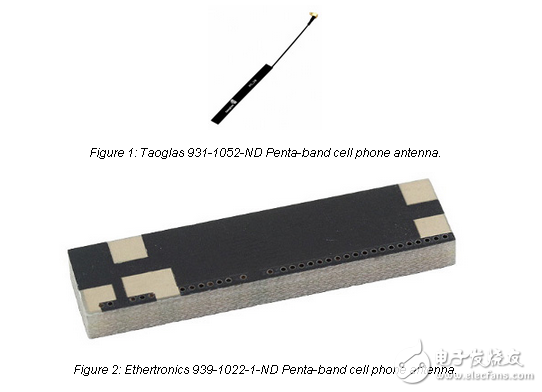
资料下载

从无线电波中获取能量
从无线电波中获取能量
电力的无线传输常常带来一个世纪前尼古拉特斯拉及其无线输电技术的图像。William C. Brown,微波功率传输的知名整流天线的发明者,写了一本极好的历史回顾的技术可以追溯到海因里希赫兹,实际上早于特斯拉的工作。¹虽然特斯拉的电网愿景是从来没有通过,其他应用程序更适合有用功率无线传输和收集军事和航天现在正在实施的。
对于能量收集,人们可以考虑两种方法——宽或窄波段。任何熟悉RF技术的人都会明白,在尽可能窄的频带范围内进行大量的调整通常会消耗大量的精力。对于无线电通信信号的典型使用,主要的好处是减少噪声和拒绝其他信号以外的通信信道。窄带设计有两个好处,特别是在能源收获的好处。聚焦在一个小范围的频率通常会产生增益的天线或电路,以及改进的功率传输通过匹配调谐所有的电路元件。

However, narrowing the band of collected frequencies has the deleterious effect of rejecting other ambient energy that could otherwise be scavenged. Ultra-wideband (UWB) is a communications protocol that exploits a larger range of frequency to improve performance for certain applications. Wideband techniques are also employed for energy-harvesting applications to collect the widest possible array of frequencies in the bands with the greatest energy density available.
As one may expect, most off-the-shelf antennas are designed with specific tuning for narrow band reception of RF signals. In some cases, especially for mobile phone applications, antennas are available that cover several bands. For antennas in the cellular GSM band, designers should consider the Taoglas 931-1052-ND Penta-band antenna (Figure 1) covering five major cellular bands near both 900 MHz and 1.9 GHz. Another pentaband antenna is available from Ethertronics. The 939-1022-1-ND(Figure 2) offers high gain of 2.5 dBi for the 2-GHz band and is shorter than the Taoglas design.
声明:本文内容及配图由入驻作者撰写或者入驻合作网站授权转载。文章观点仅代表作者本人,不代表电子发烧友网立场。文章及其配图仅供工程师学习之用,如有内容侵权或者其他违规问题,请联系本站处理。 举报投诉
- 相关下载
- 相关文章





